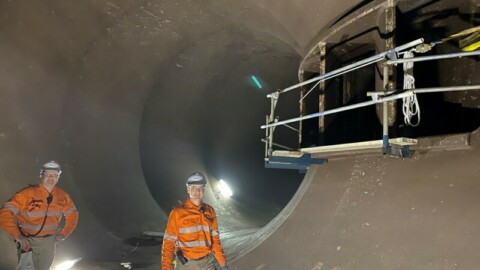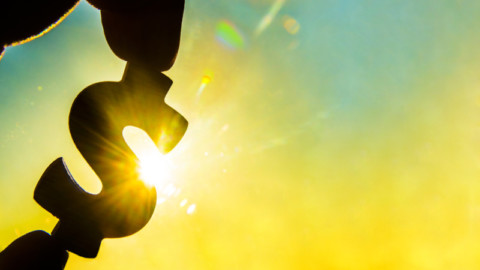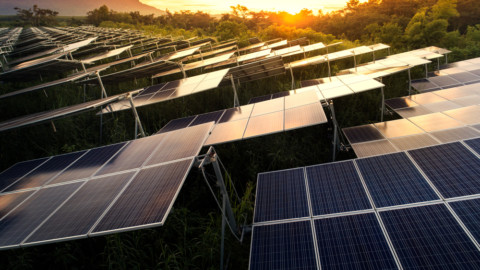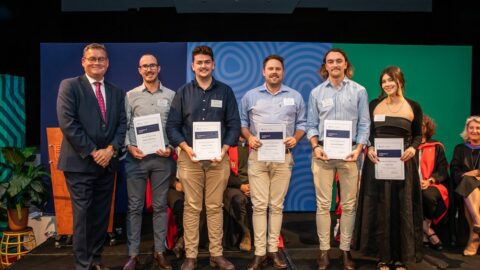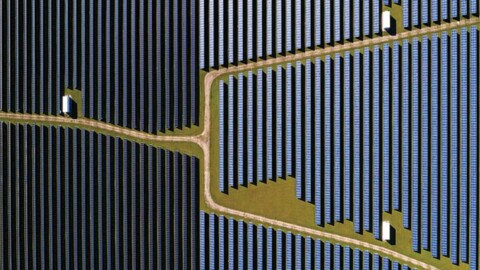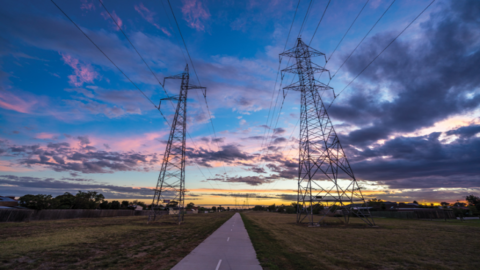Battery storage projects have had a record-breaking, billion dollar quarter, but generation project results are far below the half-yearly average required to reach Australia’s 2030 target of 82 per cent renewable energy, a new report from the Clean Energy Council has shown.
The latest report released by the Clean Energy Council, Renewable Projects Quarterly Report, has highlighted the storage milestone, showing $2 billion worth of storage and hybrid projects reached the investment stage in the second quarter.
The report also highlighted while the generation project results were an improvement since Q1, the investment levels so far this year are 50 per cent below the rolling 12-month quarterly average of 699MW, resulting in Australia being a long way off the pace which is necessary for the country to achieve an 82 per cent renewable energy share by 2030.
Highlights from the Renewable Projects Quarterly Report include the following:
- Battery storage projects are expected to lead the way for financial commitments during Q2 2023, with six projects totalling 3,802MW/h added across the country, breaking the billion-dollar barrier for the first time
- Construction activity is remaining strong, as four generation projects commenced construction during the quarter, comprising an additional 1172MW of capacity, while five projects reached the commissioning stage, contributing a total of 551MW
- New financial commitments in generation projects have also observed the slowest first half of the year, since the Clean Energy Council began recording data in 2017. Four generation capacity reached financial commitment
- New financial commitments in large-scale generation during Q2 totalled 348MW worth $225 million, more than $1 billion (-82.3 per cent) less than the rolling quarterly average over the last 12 months, which fell to $1.3 billion
Clean Energy Council Chief Executive, Kane Thornton, said that while the overall increase in investment activity is encouraging, further action is required.
“While there is now strong political support for the clean energy transition, there remains a raft of barriers as a result of the historic lack of leadership, planning and foresight over the prior decade.
“These challenges make final investment decisions for large scale renewables projects more difficult, and include under-investment in transmission, grid connection challenges, inconsistent planning policies, constraints in supply chains and workforce as Australia competes with global leaders that are all accelerating their demand for renewable energy.
“There is an enormous pipeline of renewable energy projects in Australia, but investors are swamped with global opportunity at a time where these barriers make Australian projects less attractive.
“The critical development needed to achieve 82 per cent renewable generation by 2030 is not guaranteed unless we target the obstacles currently creating investment uncertainty for new energy generation,” Mr Thornton said.
Throughout Q2, five generation and storage projects have commenced construction and a total of nine projects have reached the final commissioned stage in Q2 totalling $1.3 billion worth of investment.



